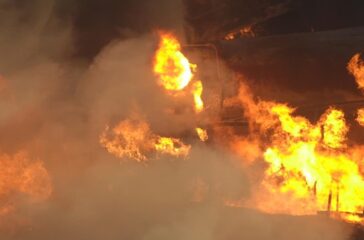US failed to clean up radioactive Superfund site, lawsuit claims
By Shannon Kelleher
The US government has failed dangerously in its duty to clean up a radioactive former naval shipyard in San Francisco, jeopardizing the health of community members for decades and potentially putting hundreds of thousands of people at risk if plans to turn the site into a residential area materialize, alleges a lawsuit filed on Friday.
 EWG
EWG
